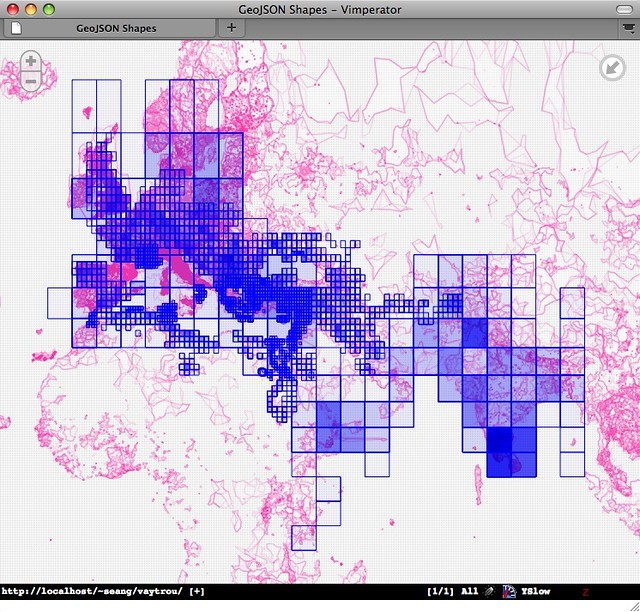Related blogs and feeds
My announcement of the Shapely 1.2.4 release was the last such regular release announcement on this blog. Every Shapely, Rtree, spatialindex, Geojson, and OWSLib release will now be announced at http://gispython.org/ [feed] in collaboration with other developers. I'll continue to write about especially notable ones here.
The same goes for my work on Pleiades: my news items will appear along with those of other users and administrators at http://pleiades.stoa.org/news/aggregator [feed]. Some portions or summaries of them will be featured here from time to time.
